A brief history of the development of football jerseys
Origin
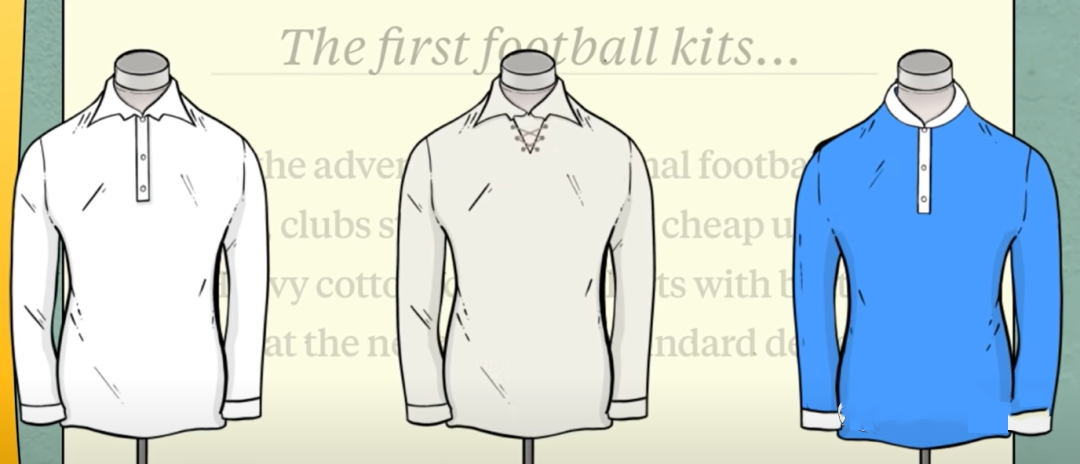
The origin of football jerseys must be traced back to the UK. At first, football matches did not have their own jerseys, usually replaced by cricket whites, formal shirts and flannel pullovers.
However, with the beginning of British professional football in the 1880s, some clubs began to customize some cheap uniforms as jerseys for football matches.
Some chose shirts with collars, and clothes with buttons and laces were also the choice of most clubs.

In 1888, the English Professional Football League was officially launched. Accrington (red), Bolton Wanderers and Preston North End (all white) chose solid-color jerseys.
The familiar Aston Villa, Blackburn Rovers, Derby County and Everton chose color-blocked jerseys.
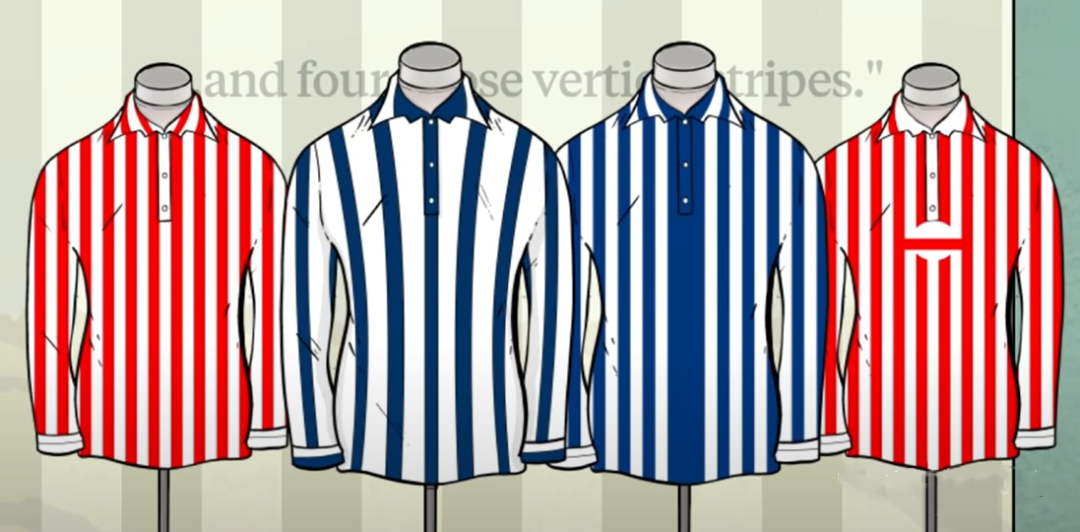
Burnley, Stoke City, West Bromwich Albion and Wolves have chosen jerseys with line patterns.
AWAY JERSEY
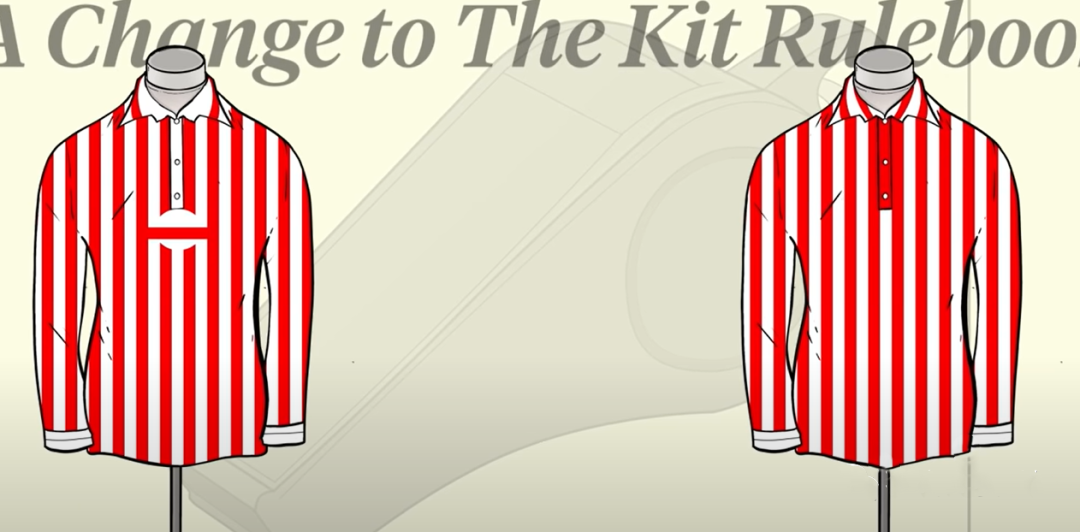
In the opening match of the 1890-91 season, Wolves traveled to Sunderland, a newly joined league team.
Both teams were prepared to wear their own red and white striped shirts, which obviously caused confusion in the game.
So the referee on duty asked the visiting team Wolves to change into white dress shirts to ensure the orderly progress of the game.
Subsequently, the Football League Committee required each team to register its own match uniforms and required that there must be white replacement match uniforms to prevent color conflicts.
This was also the first appearance of the concept of away jerseys.

Wolves were the first team to be affected by the color conflict of their uniforms. In the 1892-93 season, they changed their home jerseys to the familiar black and yellow color scheme,
and adopted the innovative diagonal color blocking design at that time.
Design Innovation
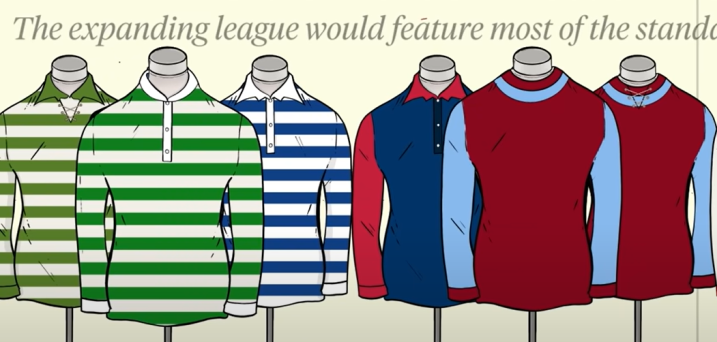
Over the next decade, the expanding leagues would see most of the standard uniform designs we see today, such as the hoop stripes of Bradford,
QPR and Reading, the separate colours of the sleeves of Derby County, Burnley and Aston Villa, and the deep V-neck designs of Leeds United and Birmingham City.
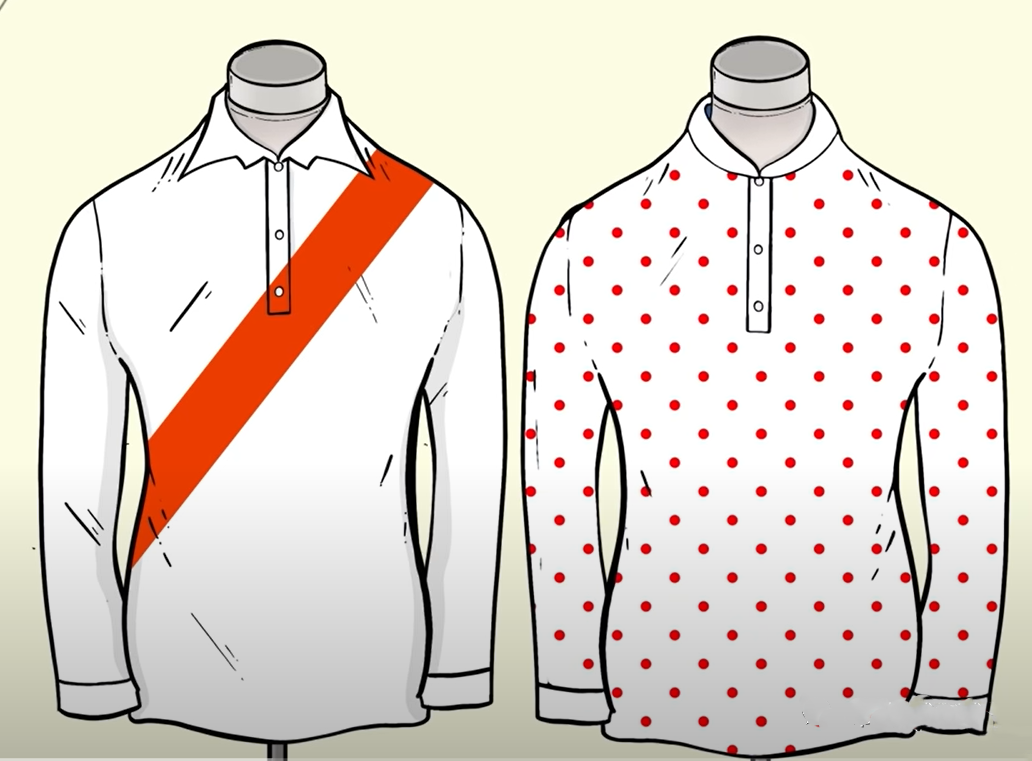
Few English clubs adopted the shawl or single stripe pattern, which was more popular in Latin America,
and the polka dot pattern worn by Bolton in 1884 and 1886 was also a short-lived trend that was not well received by the public at the time.
Goalkeeper Jersey
In the early 20th century, goalkeepers wore the same colored shirts as their teammates, distinguishing themselves from them by wearing hats.
Even so, it was still difficult to call a handball in the penalty area, so in 1909, the Football Association of England changed the rules to require goalkeepers to wear colored shirts.
Initially, they could choose red, white or blue. Then green was added, and soon became the color of choice for goalkeepers in the mid-20th century.
Number
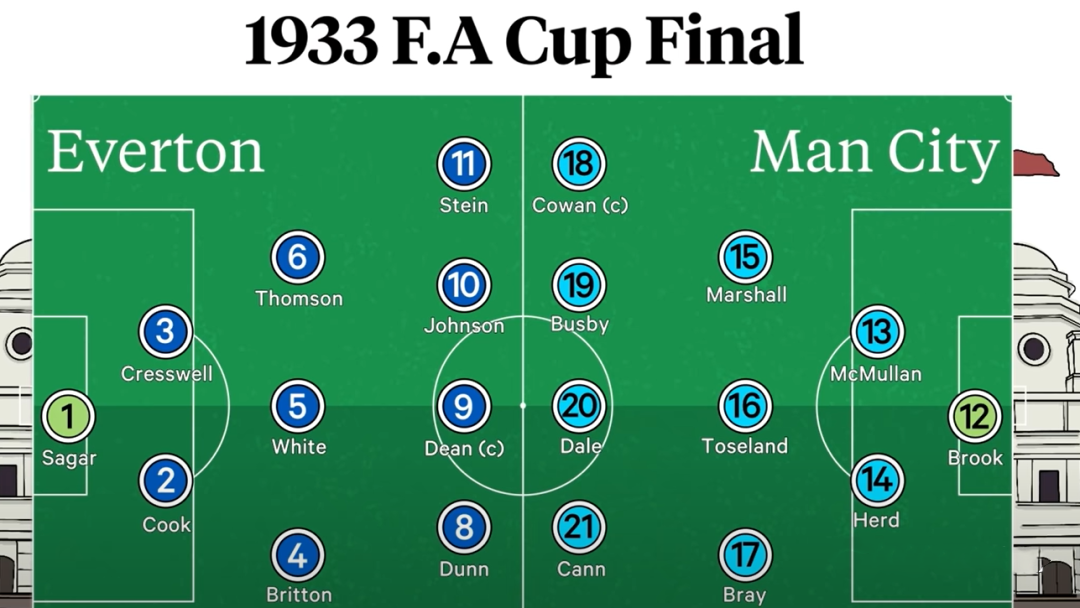
Shirt numbering appeared in Australian football before the First World War and in the American Football League in the early 1920s,
and was then introduced in England in a 1928 match between Arsenal and Sheffield United. The experiment was repeated in the 1933 FA Cup final,
with Everton players wearing numbers 1-11 and Manchester City wearing numbers 12-22. FIFA introduced standard 1-11 numbers at the 1938 World Cup, and they have been mandatory since then.
Turnover

In the postwar period, British manufacturer Umbro was the first to experiment with new synthetic materials, designing a shiny, reflective shirt for Bolton for the 1953 Cup.
However, the more important innovations came not from Britain but from continental Europe, where Italian and South American manufacturers began using lighter fabrics to adapt to warmer climates and a more fashionable fashion culture.
They also abandoned buttons and collars, offering short sleeves and a more fitted cut. For example, the 1950 Juventus jersey, the trendsetting cherry red jerseys of the 1950s Hungarian team,
and the all-white jerseys of Real Madrid in the late 1950s, with their V-neck and tight cuffs, showed the pursuit of new jerseys throughout Europe,
and Umbro took notice, and the jerseys of England and West Germany in the 1966 World Cup final were both round-necked, low-key and fashionable.
The boldest design move came from Brazil, who abandoned the all-white jerseys they wore in their losing 1950 World Cup and opted for a yellow jersey with green trim and blue shorts after a national competition,
a jersey that became the symbol of Brazil.
Jersey Culture
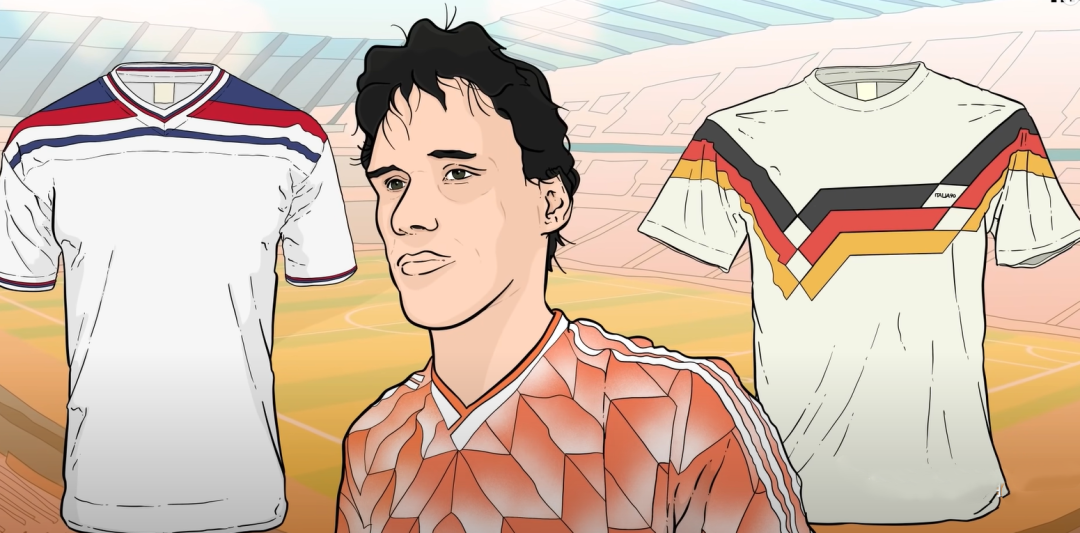
In the 1970s and 1980s, jerseys began to reflect their commercial values, with sponsor logos appearing on jerseys. In 1973, Eintracht Braunschweig first wore the Jägermeister logo on their jerseys.
In England, non-league Kettering Town were banned by the Football Association in 1976 after putting Kettering Tyres on their jerseys.
But by 1978, the battle had been lost and all the clubs followed suit. And jersey manufacturing technology began to improve, with cotton giving way to polyester and new printing and
weaving techniques being developed. For example, Enbo debuted a colour-block print on England's 1980 kit, while in Germany's late 1980s, tri-colour geometric bands defined the kit style,
and the Netherlands' triangle and diamond tile print debuted at the 1988 European Championship, kicking off a new trend of intricate weaves and flamboyant colours.
Commercialize
It is also due to the change in jersey design trends that football clothing and street fashion have begun to blend. Although not yet a huge market,
fan versions (Replica) jerseys began to be worn on and off the court. Gradually becoming a very large industry.
In 2021, Bayern Munich sold more than three million jerseys, and the world's top ten clubs sold more than 20 million between them. Today's jerseys have become more and more complex.
Now each jersey has the number and name of the players. Manufacturers' trademarks, sleeves are added to provide branding for the ongoing game, or are sold as additional advertising space.
In some leagues, the back of the jersey also accommodates the logo of the sponsor.
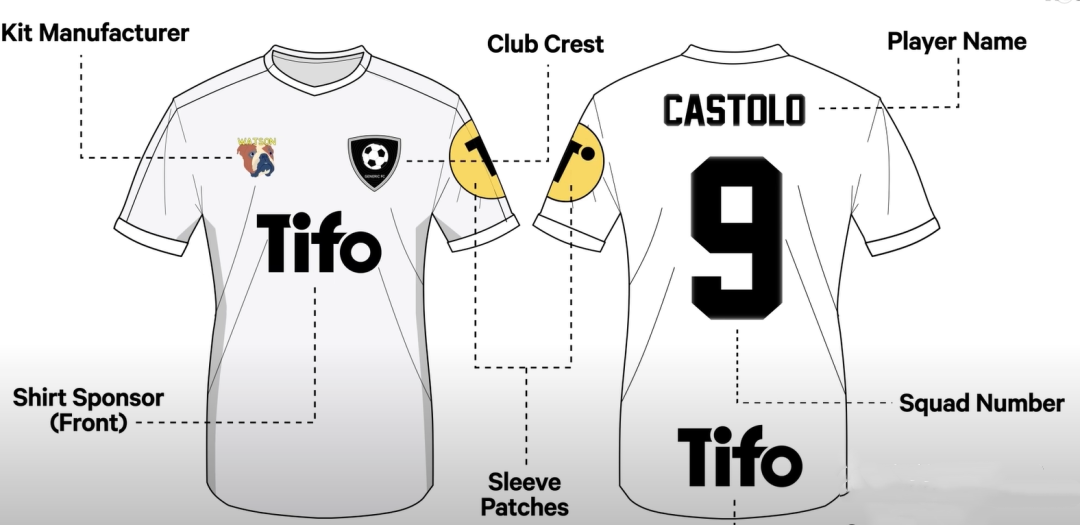
The biggest change in football jerseys recently has come from the use of new advanced materials. Jerseys are getting lighter and thinner. For exathe Italian team in 2021 wore a Puma jersey that weighed only 72 grams. Materials with higher tensile strength have also been developed to prevent jerseys from tearing,
and special panels can be added to the jersey to compress and protect certain muscles. At the same time, the hydrophobic material of the jersey close to the skin conducts sweat to the surface of the jersey,
where it evaporates quickly. All of these are made from petroleum and plastic, which has a huge impact on the environment, so the future direction is to use bamboo and coffee grounds to create low-carbon jerseys for Forest Green Rangers,
Outlook
Although only a few decades have passed between formal shirts and cricket white jerseys and the flourishing commercial jerseys of today, we can see that jersey culture has played a very important role in the football circle in Europe and even the world.
It not only serves as a bridge between professional football practitioners and fans, but also provides an effective way for football clubs to inherit their history.
